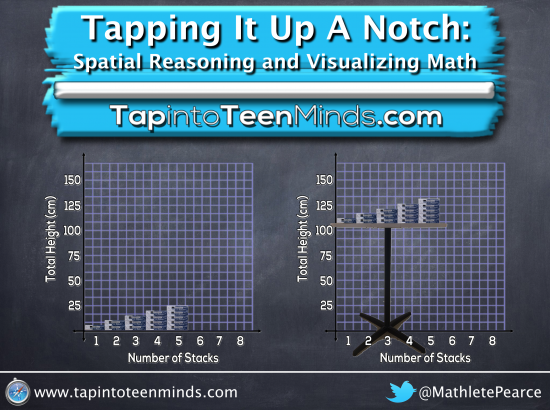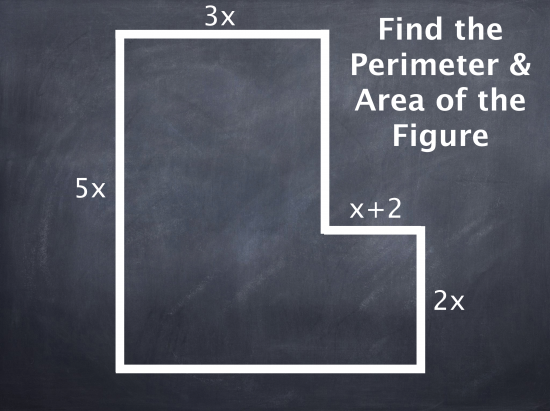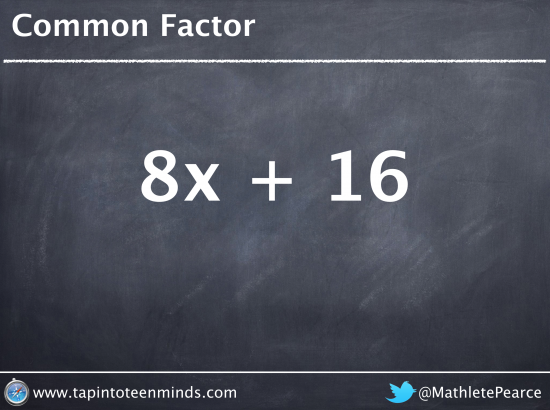Math Task Redesign: Creating Visuals and Adding Context
As some may know from recent posts, much of my focus has been in the area of making math more visual by adding context through real world problems and 3 Act Math Tasks. In some cases, it can be difficult to seek out good situations to snap a picture or record video and thus we are left with weak problems offered by textbooks. Inspired by Dan Meyer’s Makeover Mondays where he would post a problem from a textbook and discuss ways to improve it, I will post textbook questions providing little or no context and create visuals through images or video to assist in making the problem more accessible for all students. By providing students with visuals to create context for the math tasks related to the Ontario curriculum, Common Core State Standards (CCSS) or any other math curriculum, I believe that students will better understand mathematical concepts by making connections to prior knowledge. Although some might claim they have trouble visualizing math, I believe this is the result of a lack of context and visuals provided in our math classrooms. If we provide tasks offering context through visual representations promoting the use and development of spatial reasoning skills, then students will better understand and retain the algebraic representation of that same task.
Looking Ahead: Plans For Tapping It Up A Notch
It will be my intention to post traditional contextless textbook tasks in the Tapping It Up A Notch category as they come in order to share new ideas. Please participate in the comments section to let me know how it worked in your class and how we can make it better together.
While this concept is brand new, I do have a few problems I intend to share out in the near future including:
Pool Noodles
Finding the Perimeter and Area of Composite Figures With An Unknown
In both the MFM1P Grade 9 Applied and MPM1D Grade 9 Academic Ontario math courses, students are required to find the perimeter and area of composite figures given dimensions involving an unknown value. A typical textbook problem looks like this:
[postshortcode the_query=”post_type=post&p=14140″]
Rake the Garden – Coming Soon!
Common Factoring to Find Dimensions of a Rectangle
In the Ontario MFM2P Grade 10 Applied and MPM2D Grade 10 Academic math courses, students are required to common factor as they begin to explore the concept of quadratics. Unfortunately, I think it is common math teacher misconception that common factoring is an easy concept and thus we do not need to spend much time on it. I remember constantly scratching my head thinking: “just divide out the greatest common factor!” Factoring simple trinomials often proved to be an easier concept for most. I look forward to sharing some of my thoughts on why common factoring can be difficult for some and will introduce a way to get students using their spatial reasoning skills to build a deeper understanding of common factoring. Here’s the textbook problem I hope to redesign with a visual and context:
I plan to add links to the first couple Tapping It Up A Notch posts once they are up and active. If you notice there are no links to these tasks and it’s been quite some time since this post was published, do a solid and leave a comment as a reminder!
WANT TO LEARN HOW TO TEACH THROUGH TASK?

Share With Your Learning Community:

About Kyle Pearce
I’m Kyle Pearce and I am a former high school math teacher. I’m now the K-12 Mathematics Consultant with the Greater Essex County District School Board, where I uncover creative ways to spark curiosity and fuel sense making in mathematics. Read more.
Read More From The Blog



